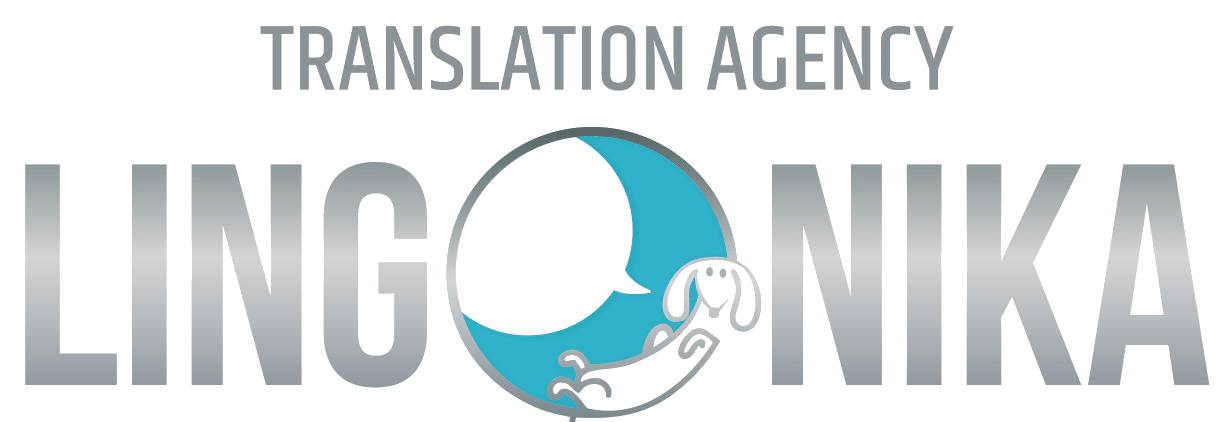
Ever wonder what factors affect the cost of translation?
Translation costs are normally worked out on a price-per-word basis, and most translators and translation companies work to industry standard rates.
Other factors include: language combination, experience of the translator, subject matter, and formatting of the document.
Size
The size of the project impacts the cost. Cost is typically calculated on a per word basis because it is a straight-forward way to approximate the overall size of the project.
Language combination
Some languages cost more than others to translate. For example translating from English to Japanese costs more than English to Spanish. This is because the more widely spoken and understood the language the more translators are available and the more competitive the rates. For less common languages translators can be harder to find and consequently translators charge higher rates.
English often serves as an intermediate, or inter-language, between less commonly translated languages, adding an extra layer of translation (and cost) to a project. Suppose you need to find a translator who can translate between Icelandic and Hindi. To manage this type of request, most Language Service Providers (LSPs) will find a translator who can translate Icelandic into English and then a second translator to translate English into Hindi.
Experience of the translator
More than any other factor, the skill and experience level your content requires will determine rate. Translating highly technical content can be uniquely challenging and require vocabulary specifically related to the subject matter. Expect to budget more for translation of specialised (legal, technical etc.) content.
Deadline
Need that translation as soon as possible? It will cost you! The mark-up for express and overnight translation can be between 50-100% more.
Subject matter
Translation projects can vary enormously in complexity and therefore sometimes requires additional services beyond translation itself. Some LSPs include additional services in the base price, while others break them out as separate line items. These kinds of services can include, but are not limited to:
Project management
- Glossary and style guide preparation
- Project planning
- File preparation
- Content familiarization
Quality assurance
Quality evaluation
Desktop publishing (DTP)
Software engineering and testing
Voice-over
Quality
Buyers measure quality differently. A ‘high quality’ translation will mean something different for a pharmaceutical manufacturer than it will for a company looking to translate marketing material. In general, ‘high quality’ means avoiding errors. To reduce errors, most translators edit and proofread their own translations. Proofreading can also be done by third-party peers, senior-level editors, and customer reviewers.
At the end of the day, you have to put translation cost in perspective. Sloppy translations can be funny but can damage a business’ reputation. The consequences can be more serious than just causing amusement, as the quality of your products and services are called into question. A sloppy translation will leave your customer with the impression you lack professionalism. They may think you are taking on work beyond your capabilities.
What factors are important to you when you engage with a translation service provider?

